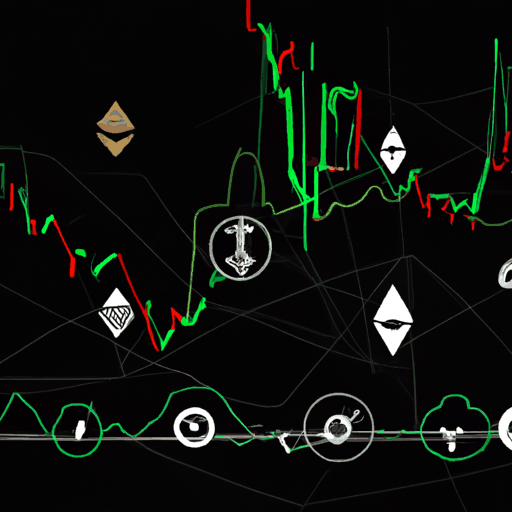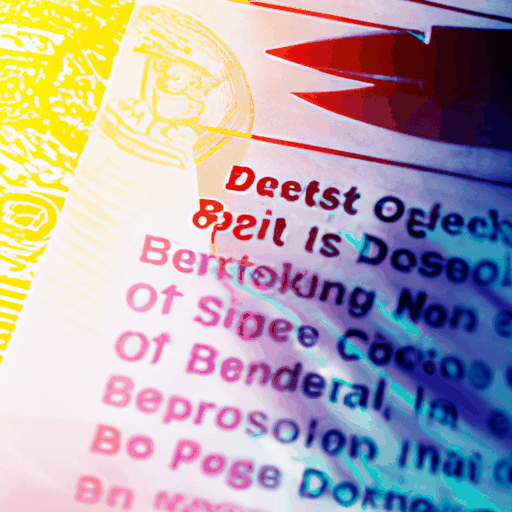
Understanding National Strategic Cryptocurrencies: Solana, XRP, and ADA
By: Eliza Bennet
The recent announcement about the United States' proposal of a strategic crypto reserve highlights the inclusion of Solana (SOL), XRP, and Cardano (ADA) as pivotal components. This decision denotes a considerable shift in the government's approach to digital asset management and signals a proactive stance towards diversifying its crypto holdings.
Solana stands out due to its ability to process thousands of transactions per second with minimal cost, leveraging its Proof of History mechanism alongside a less energy-intensive consensus algorithm called Proof of Stake. This makes it not only an environmentally conscious choice but also a highly efficient one, supporting an extensive array of decentralized applications (dApps) and NFTs.
XRP offers unique advantages with its focus on cross-border transactions. Developed by Ripple Labs, XRP seeks to improve the speed, cost, and transparency of international payments. Despite regulatory challenges in the past, XRP's resilience and utility in facilitating seamless global exchanges can't be underestimated. Its inclusion in the strategic reserve underscores the significant role of efficient cross-border transaction capabilities in economic strategies.
Cardano presents another crucial element in the reserve. Known for its rigorous scientific approach and open-source community, Cardano aims to create a balanced and sustainable ecosystem for decentralized applications. By employing its Ouroboros consensus protocol, Cardano promises long-term security and sustainability. The platform's commitment to transparency and peer-reviewed research distinguishes it as a formidable force in the crypto domain.
The inclusion of these specific cryptocurrencies, rather than staples like Bitcoin, suggests a strategic inclination towards diversification across different blockchain technologies, enhancing the government's adaptability and readiness in response to evolving digital landscapes.



